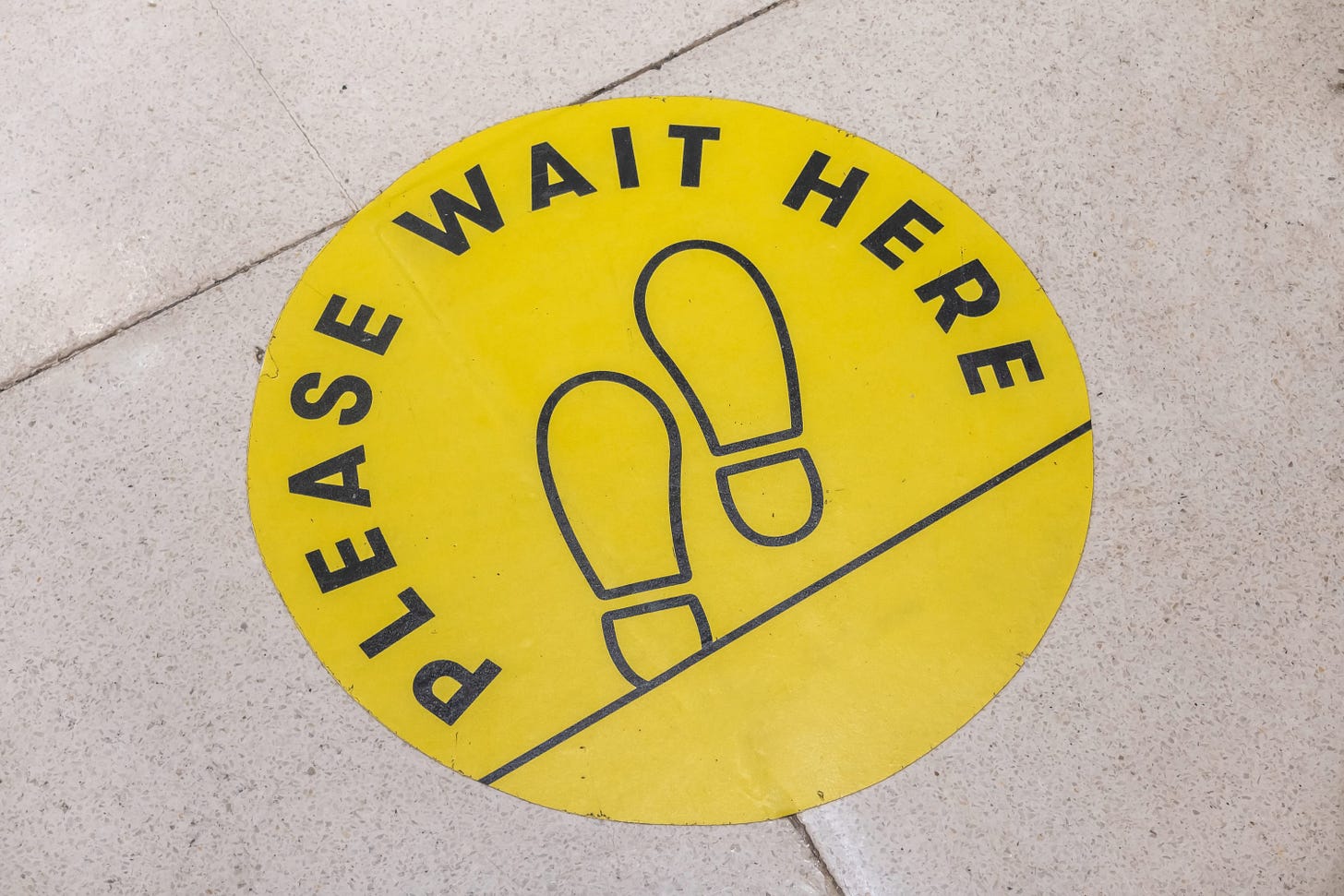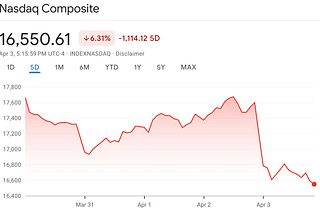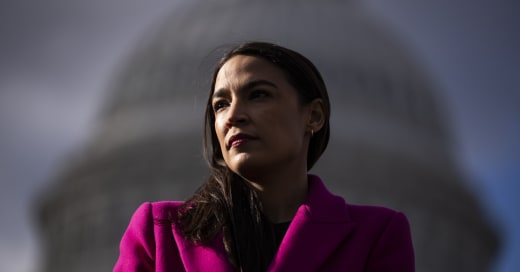
Welcome to the Great Unsettledness
“Reentry anxiety” is real—but it’s about a lot more than just social awkwardness or COVID fears.
Are you a little reticent about going back? Back to what? Church. Indoor dining. Maskless shopping. Rush-hour commuting. Concerts, nightclubs, subway cars packed like sardines. Sending your children to school. Hugging your parents.
Millions of Americans are eager to go back to, well, most of those things—I’m looking at you, rush hour—and as states lift various restrictions, it feels like we may be returning to a kind of pre-pandemic normal.
Yet we’re inhabiting a weird moment, one in which many institutions and modes of life—both big and small—that we once took for granted remain in a kind of limbo. So many questions about the future are up in the air that optimism and pessimism are tangled and confused. It isn’t feeling like the Roaring Twenties or the postwar boom, at least not yet.
To try to understand the Great Unsettledness, let’s start with the stuff. The pandemic disrupted supply chains, yielding some curious, vaguely unsettling products and arrangements. And given the quick move from shortage to surplus, many of these products still remain on shelves. Toilet paper originally for the Canadian and Mexican markets (why didn’t those countries have toilet paper shortages?); hand sanitizer in motor oil containers and vodka bottles; bulk food-service products diverted from shuttered restaurants to supermarkets. The steam tables in Whole Foods and the salad bars in Giant, turned off and stacked with bags of onions and cases of beer.
There is something eerie about seeing fixtures and floor space in tightly managed, highly engineered stores used in this janky, informal way; it’s reminiscent of the partial and flexible reuse of old suburban buildings by second or third tenants, doing what they can with what they have available. It feels symbolic of a loss of control, an ebbing away of comfort and familiarity, in the face of real hardship beyond anyone’s control. Our supermarkets and box stores, for a period of time, almost felt like sets in a disaster flick. Watching our politicians give futile press conferences felt a little like the real news clips sometimes sprinkled into those same disaster movies.
Then there are the market disruptions, which appear to be influenced by inflation and global trade issues, despite the fact that China’s industrial heartland, the first coronavirus hotspot, is now more or less back to pre-pandemic capacity. But not everything is made in China. Lumber. Housing. Cars (new, used, and rental!). Chips (computer, but hey, maybe potato too), which are in cars, but also in lots of things that remain widely available at normal prices. Shortages linger in everything from coins to Chick-fil-A sauces.
The city is over—or, no, wait, it’s “waking up.” Rush hour is back, but maybe not like it was before. Close-in suburbs experience unprecedented price spikes in housing, even as hybrid commuters eye areas past the exurban fringe. (The theory being that if you only commute two or three days a week, it becomes viable to live much further out.) But they might not even have permission to work remotely or hybrid long-term, and their lenders want to know.
Meanwhile, stores and restaurants are packed, forcing staff to relearn in-person workflows under pressure, at the same time that diners are relearning how to sit in a restaurant. Inflation is rising. People need money, and millions of people who want to work remain listed as unemployed—yet there’s a labor shortage, not satisfactorily explained by either increased unemployment payments or workers’ fear of catching COVID. And, of course, the stock market, like the Tower of Babel, goes higher and higher until it doesn’t.
“Liminal” understates the mood of the moment. Try pre-revolutionary. A little bit of “reentry anxiety” doesn’t seem unwarranted. In fact, a lot of the widely discussed reentry-anxiety phenomenon probably has nothing to do with social awkwardness or even COVID per se. Some of it has more to do with the fact that all manner of daily routines have been disrupted. Just as the country’s fractured and polarized pandemic response forced everybody to craft their own de facto public health policies, we are now all forced to craft our own reopening policies. At the low point of the pandemic, we knew we were in a crisis. Now, we don’t quite know what moment we’re in, or where any of these mixed and confusing trendlines will end up.
None of this means that we should resist a “return to normal.” Of course the goal should be to return to normal, if by “normal” we mean daily life unencumbered: the ability to attend church, go out to eat, go shopping or walking without a mask. And in most of the United States we’re pretty much already there. Barring a vaccine-resistant variant, the reopening is here to stay.
But as after any major crisis, it will not be possible for people to snap back psychologically to the “before times.” And we have not even begun to reckon with how this year-plus of COVID will have lastingly affected people now in their formative years.
On the positive side, we have seen what streets and highways can be with less traffic. We have learned that most white-collar jobs can be performed perfectly well without a physical office and in-person meetings. Some of us have probably learned that we can do just fine with less impulse purchasing and consumerism in general.
But on the negative side, we have deprived children, teens, and college students of a year of their educational and social lives. We have watched the obvious helplessness of politicians, experts, and officials in the face of an implacable, microscopic enemy. We faced a problem that couldn’t be bombed into submission or tweaked with tax policy; a problem that our government in several crucial respects has not evolved the capacity to deal with. Like the Cuban Missile Crisis, we may never know how close we came to collapse, in that summer of lockdown and righteous anger over police brutality and riots and spiking crime and an impulsive president. But we’ve gotten a little taste of what collapse might look like in the United States, and how it might begin.
And, perhaps most sobering of all, we’ve seen how shallow contemporary America’s capacity for rallying and solidarity is. These are not things that can be unseen. In some ways, the pandemic made more plain the civic rot, institutional fragility, and deep political enmity that many Americans already sensed.
After I wrote about some of this in my newsletter, a reader left a comment that sums up this mood of generalized anxiety and directionless dread:
I am convinced one reason the closures came as fast and hard and with as little resistance as they did—and why we’ve been so slow emerging from them—is because of a widespread but untapped sense that there was something wrong, off, koyaanisqatsi, about everyday life as we knew it all along, and we jumped at the excuse to shut down because subconsciously we wanted to shut it all down and don’t want to go back.
Like many on the political right, I accepted but did not embrace lockdowns, and I looked forward to reopening as soon as possible. But in the rush to return to old routines, many conservatives both ceded an opportunity to probe what might have been deficient in those routines, and also glossed over the severity of what really happened.
The pandemic is clearly winding down. I got my shot, put away my masks, sat down in a restaurant, met with friends. I have no desire to continue COVID-era precautions.
And yet, count me among the reentry-anxious. I don’t fear COVID. But I’m a little nervous about what comes next.











